Humans…
No one species has altered the land, sea, and sky – as well as decreased the overall biodiversity of the planet in such as short time as has Homo sapien. Since we have arrived on this planet we have slowly dispersed across all continents, oceans, and even the polar regions. In our wake we have changed the landscape. Altering forests and changing waterways. We have built communities and cities and, in recent years, increased the amount of waste we produce to impact the land, water, and even change the climate. Our planet has encountered major changes in climate and habitats before – but not at the rate it is currently happening, and many are not able to adapt fast enough. Wildlife over much of the planet has declined due to our activities – and barrier islands are not an exception.
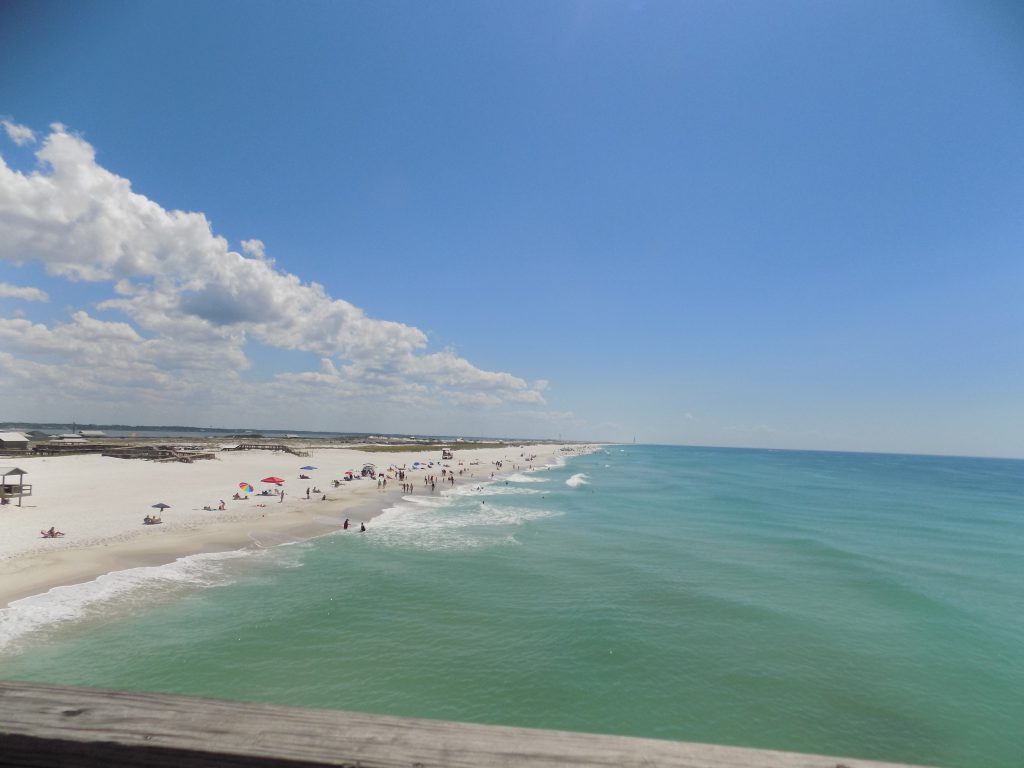
Humans first arrived in the Florida panhandle a little over 10,000 years ago. Most of them built communities along our riverways and deltas. As with much of coastal wildlife, barrier islands were difficult places to inhabit. There is little freshwater, selected game to hunt (though an abundance of seafood – which they did seek), intense heat in the summer and cold in the winter, and tropical storms – where there were few places to hide. It appears humans did visit the islands but did not settle there. The early European colonists tried, but unsuccessfully – they had to moved inland.
In the Pensacola Bay area, the first settlements that were successful were fortifications placed there by the U.S. Army to protect the communities where people lived. These were brick fortifications that held up well against the storms, all built with large cisterns to collect freshwater for the troops stationed there. Soldiers accessed them using ferries.
In the early 20th century locals from Pensacola built a casino at what is now Pensacola Beach. There were casinos, boxing, and food vendors for those who made the day trip by ferry to visit the location.
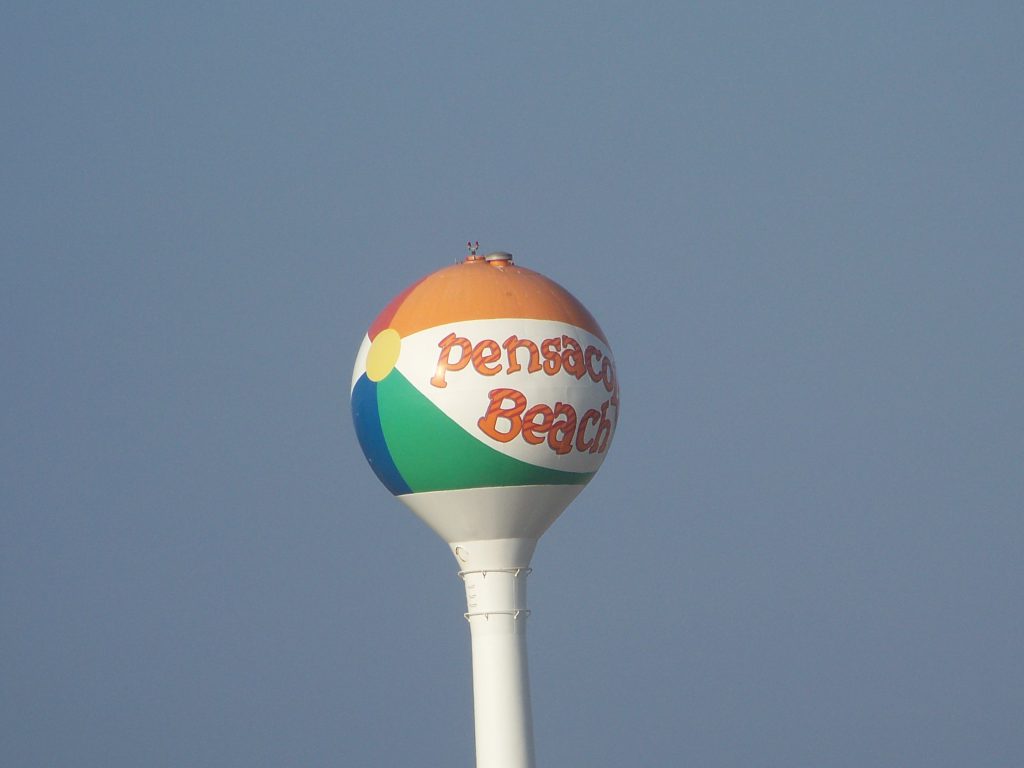
Much of this early human activity had little impact on the island wildlife. Humans were concentrated in specific locations and did not / could not venture very far from them. But when automobiles became more commonplace with people, bridges soon followed, and things did begin to change. More cars meant more people, and the need for roads. These roads bisected the dune system and altered how they naturally progressed with wind and waves. Not only did dune dynamics change but dunes began to disappear with the new homes and hotels that were built.
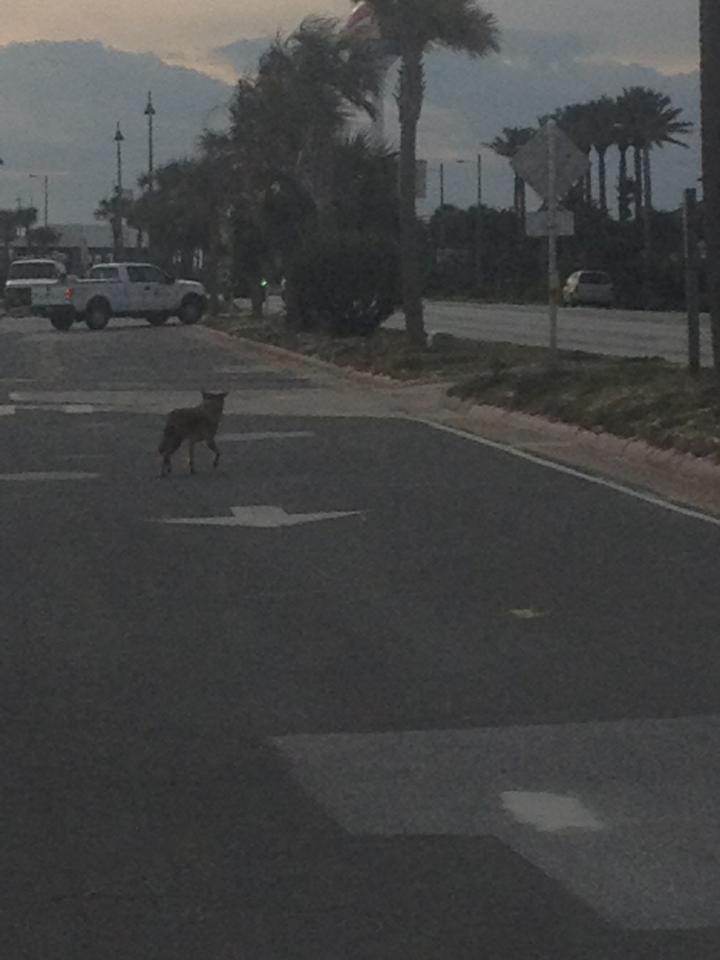
Homes, cars, and roads made life for several island creatures tough. Most of the shorebirds using the islands as nesting areas lay their nests on the sand. The white/speckled eggs blend in well with the white sand and the warm sand helped incubate them. There were fewer predators on these beaches and so, protection of the chicks was achieved more by driving off any potential threat by “dive bombing” them. This did not work with humans, nor their cars. The roads became hazards for them, and small chicks were often hit by cars. Today some species are threatened and have been given federal protection.
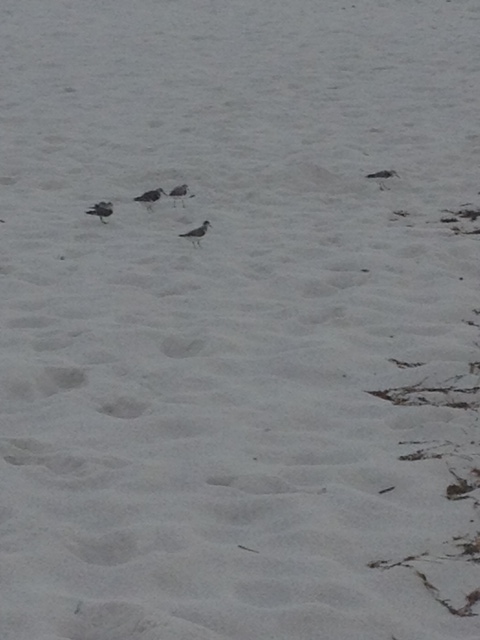
In recent years beaches houses have become true homes, with lawns and gardens. This alters the natural landscape even more. Along with the altering of the dune systems, this impacted many dune creatures like the beach mice. The species on Perdido Key is now considered endangered, and also has federal protection.
Additional housing, development, and roads led to additional needs in lighting in the evening. Many barrier island creatures need “dark skies,” but notably are the nesting sea turtles. In recent years 50-60% of sea turtle nests on our islands have had adults and hatchlings “disorient” towards the artificial lighting instead of the moon/star light that reflects off of the Gulf. This, along with other human related impacts like structures left in the sand at night, have caused a decline in these turtles and they too are now federal protected.
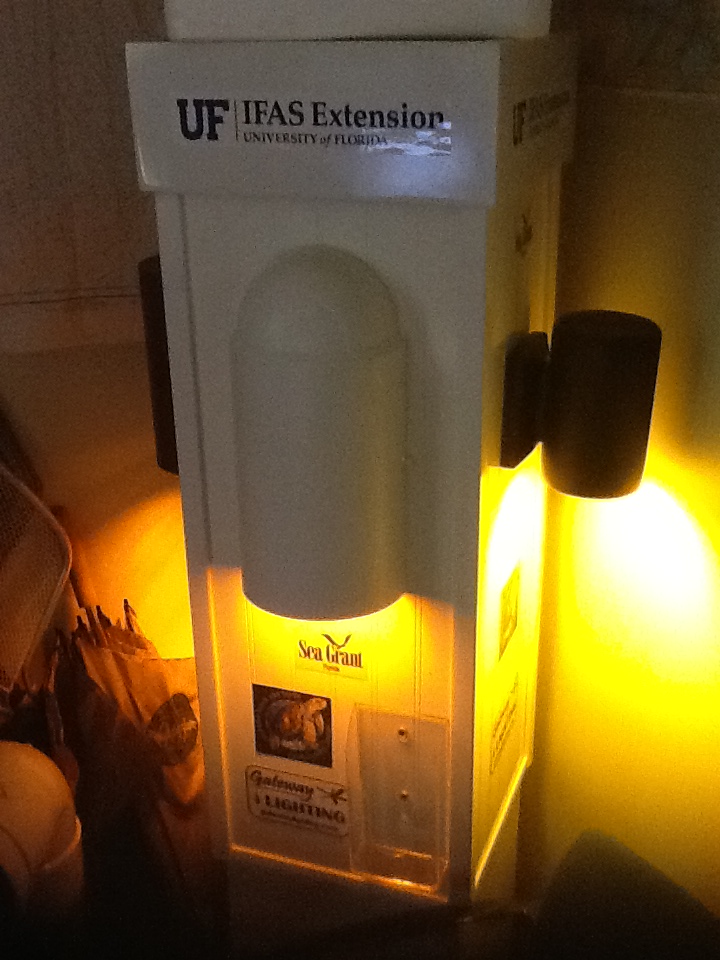
You could not mention impacts by the human presence without mentioning solid waste – marine debris. Modern humans produce a wide variety of plastic products which we bring to the beach, and some of it ends up in the environment. Sea turtles, shore birds, and even manatees have been found either entangled in it or having ingested it. Much of this marine debris is problematic for the wildlife there.
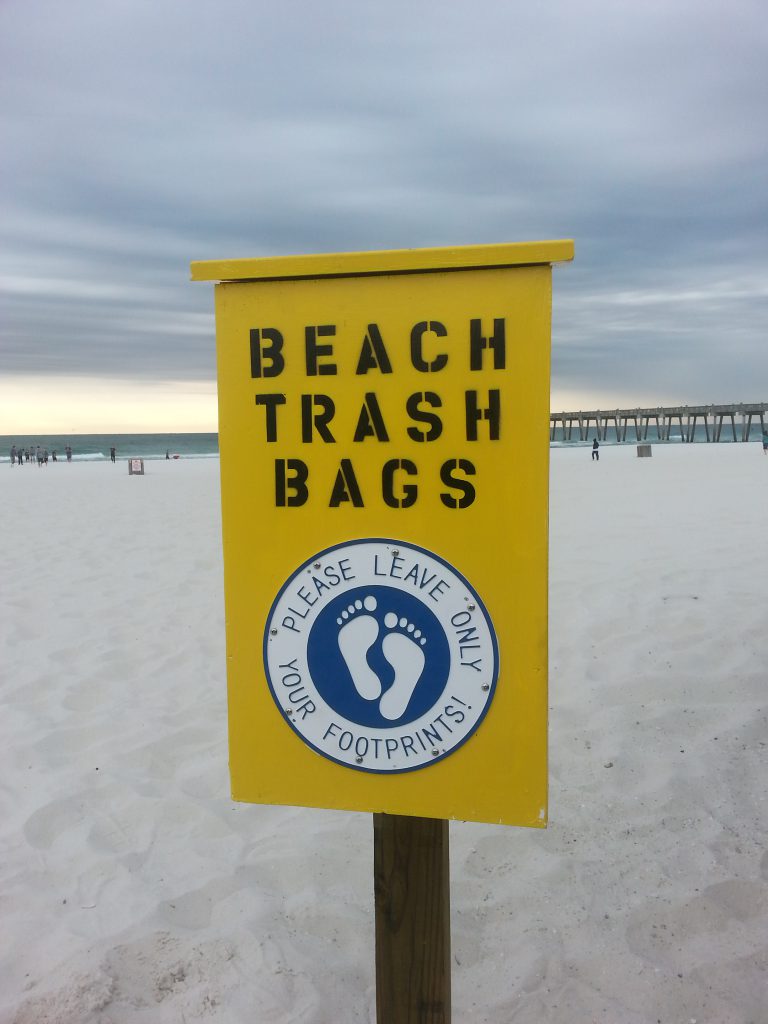
Recently there has been an increased issue of pet cats that are allowed to roam the island at night. These pets (some strays) are known for the impact they can have on small wildlife like birds.
We were lucky in Escambia County during the 1970s to have the National Park purchase about 50% of the island as a National Seashore. This has provided a space for the island creatures and a great nature/cultural tourism destination.
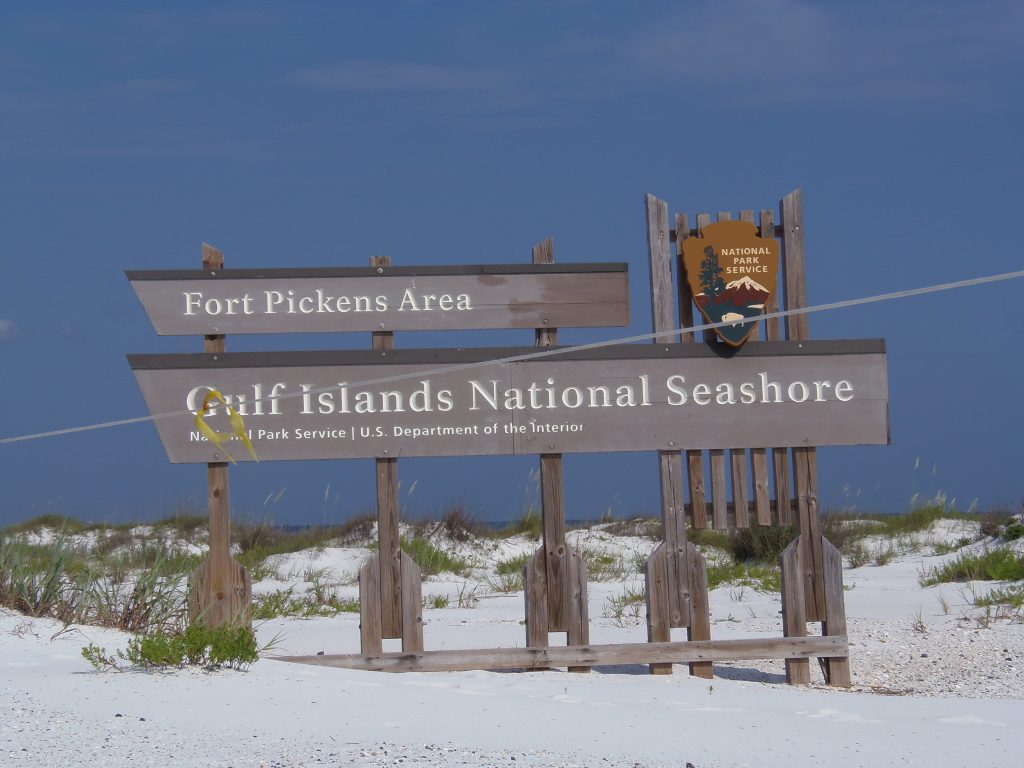
No one moves to the beach with the intent of harming wildlife, but our sense of changing things when we arrive – which we have been doing for some time – does impact them. The answer to this problem is to learn how to live, and develop, with the wildlife on the islands. The islands play a crucial role in protecting the mainland from storms and providing habitat for several unique species. Many of these species are beneficial to our lives by playing an ecological role in maintaining the island. It can be done.
I hope you have learned something new in this nine-part series on barrier island wildlife. If you have, please let me know by emailing roc1@ufl.edu. I hope you get a chance to explore our islands and maybe see some of these neat creatures.
- St. Joe Red Tide Claiming Terrapins - December 15, 2025
- The 2025 Snake Watch Report for the Pensacola Bay Area - December 15, 2025
- Rattlesnakes on Our Barrier Islands; Part 2 – Prey Selection - December 15, 2025
